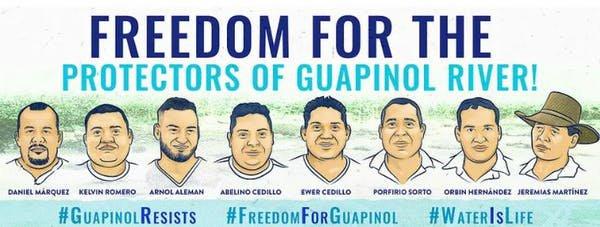The January inauguration of Xiomara Castro Sarmiento Zelaya from the Liberty and Refoundation Party was a political landmark in Honduras. Castro became the Central American country’s first female president, winning 51.12 percent of the vote. She has promised to convene a National Constituent Assembly to rewrite the constitution. “For us to have the first female president in Honduras means 67 years of struggle (since it was in 1952) that us women fought for the right to be citizens — for the right to vote and the right to be voted for,” Wendy Cruz, member of the international peasant movement La Vía Campesina, told Truthout. Castro campaigned on an agenda that will strongly empower lower-income Honduran women, who have been one of the hardest-hit sectors in a country ruled through aggressive neoliberal policies for the last 12 years. Castro’s task of governing will be particularly hard given the high levels of corruption and ties to the drug trade that have been linked to Honduras’s former president, Juan Orlando Hernández.
- Home
- About Us
- Issues
- Countries
- Rapid Response Network
- Young Adults
- Get Involved
- Calendar
- Donate
- Blog

